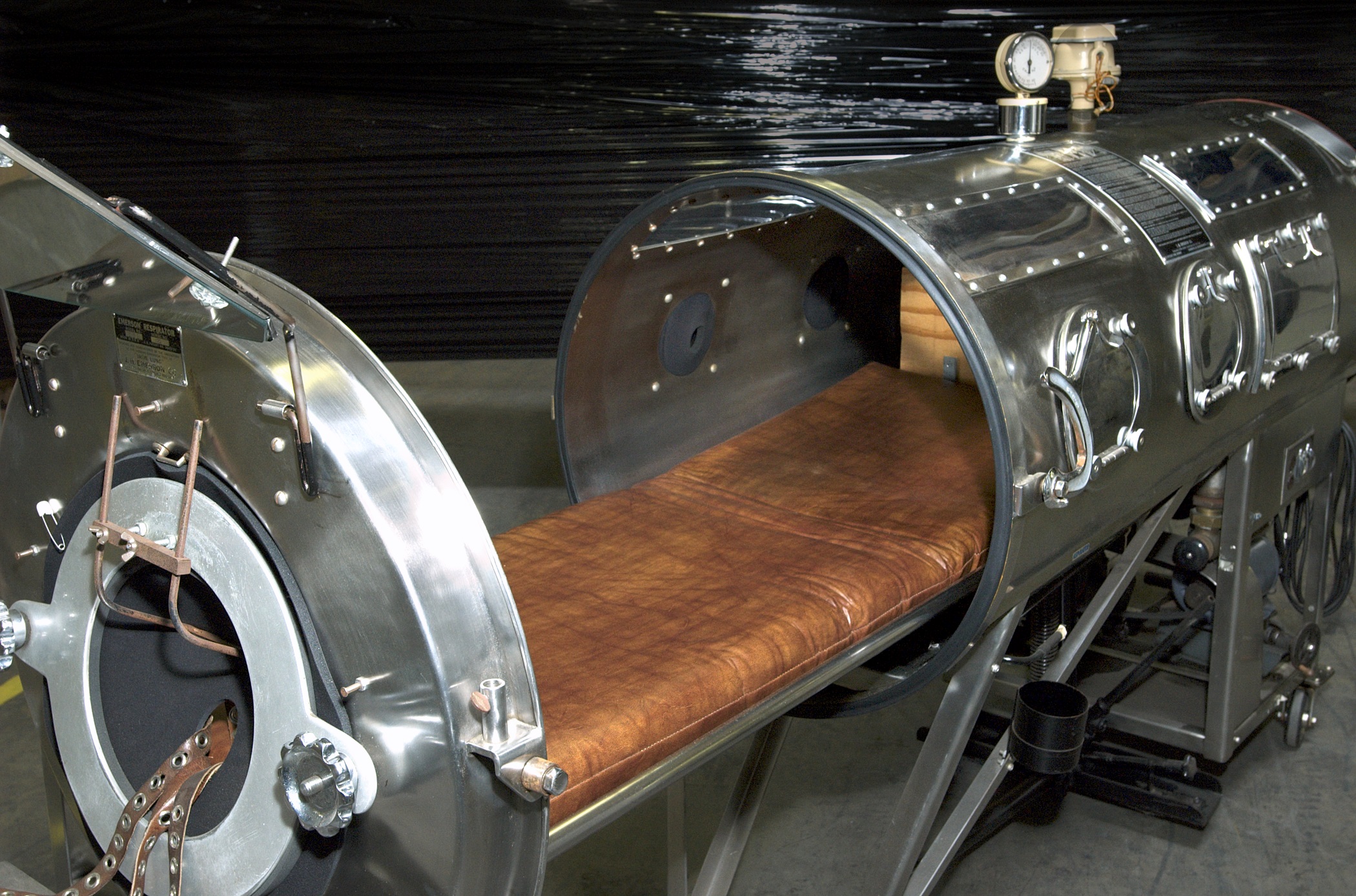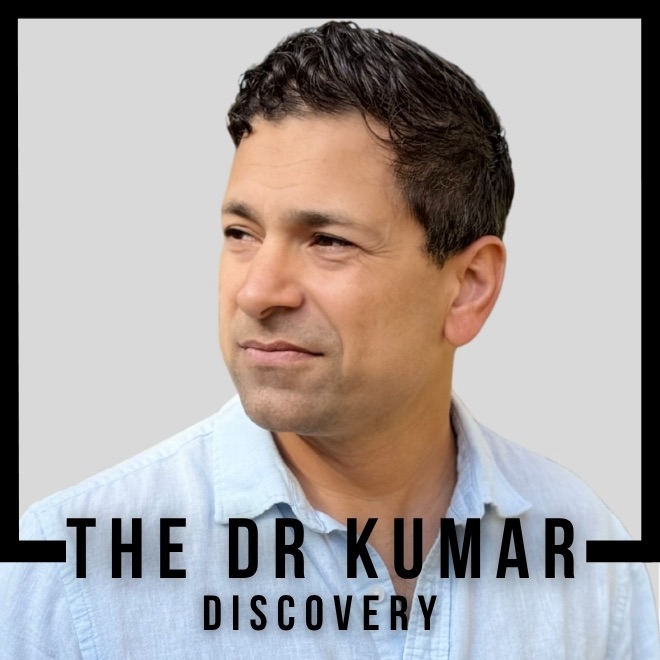Who Was Paul Alexander and How Did He Live 72 Years in an Iron Lung?
Paul Alexander contracted polio in 1952 at age 6 and lived 72 years dependent on an iron lung for breathing, dying in March 2024 at age 78. Despite being paralyzed from the neck down, he earned a law degree, practiced law, and became one of the last people in the world living in an iron lung - a testament to human resilience and medical innovation.
Dr. Kumar’s Take
Paul Alexander’s story represents both the devastating impact of polio and the remarkable human capacity for adaptation. His 72-year survival in an iron lung - longer than most people live at all - demonstrates how mechanical ventilation technology from the 1920s could sustain life for decades. His achievements as a lawyer show that severe physical limitations need not define a person’s potential contributions to society.
What the Research Shows
According to The Guardian’s March 2024 report, Paul Alexander died at age 78 after living most of his life in an iron lung. He contracted polio in 1952 during the height of the epidemic, when the disease paralyzed over 21,000 Americans that year.
Alexander was among the last people in the world still using an iron lung for daily survival. Most polio survivors who required mechanical ventilation eventually transitioned to modern positive-pressure ventilators, but Alexander remained with the negative-pressure system that had kept him alive since childhood.
Historical Context
Paul Alexander’s story began during polio’s peak terror in America. In 1952, the year he contracted the disease, nearly 60,000 Americans were infected with polio, with over 21,000 developing paralytic disease. Children like Alexander represented the face of the epidemic - healthy one day, paralyzed the next.
The iron lung that sustained Alexander’s life was invented in 1928 by Philip Drinker and Lewis Shaw, originally for treating coal gas poisoning. John Emerson’s 1931 improved design became the model most people recognize. These machines used negative pressure ventilation, creating a vacuum around the patient’s body to expand the chest and draw air into the lungs.
How This Works (Biological Rationale)
When polio destroys the motor neurons controlling the diaphragm and intercostal muscles, patients lose the ability to breathe independently. The iron lung compensated by mechanically moving the chest wall from outside the body.
Alexander also learned “frog breathing” or glossopharyngeal breathing - a technique where he could gulp air into his mouth and use his tongue and throat muscles to force air into his lungs. This gave him brief periods of independence outside the iron lung, though his diaphragm never recovered enough for complete freedom from the machine.
Why This Matters for Modern Medicine
Paul Alexander’s seven-decade survival challenges assumptions about quality of life with severe disability. Despite complete dependence on a mechanical device, he:
- Completed his education through high school and college
- Earned a law degree from the University of Texas
- Practiced law and represented clients
- Wrote a memoir about his experiences
- Became an advocate for disability rights
His story also highlights the evolution of respiratory support technology. While modern ventilators are smaller and more portable, Alexander’s iron lung provided decades of reliable service, demonstrating the durability of well-engineered medical devices.
Practical Takeaways
- Recognize resilience: Severe physical limitations don’t preclude meaningful achievement and contribution
- Understand technology evolution: Iron lungs sustained life for decades before modern ventilators existed
- Appreciate vaccine impact: Alexander’s story shows what polio could do before vaccines eliminated it from America
- Value adaptive techniques: Methods like frog breathing can provide periods of ventilator independence
- Support accessibility: Alexander’s legal career shows the importance of accommodating severe disabilities
- Remember history: His story preserves the memory of polio’s impact for generations who never experienced it
Related Studies and Research
- What Is Poliomyelitis? The Virus That Once Terrorized America
- Polio’s Last Stand: The Global Fight for Eradication
- The Iron Lung
- “A calculated risk”: the Salk polio vaccine field trials of 1954
- Episode 28: Iron Lungs, Fear, and a Miracle: How We Stopped Polio
FAQs
How did Paul Alexander survive 72 years in an iron lung?
The iron lung provided consistent negative-pressure ventilation, and Alexander learned frog breathing for short periods outside the machine. Regular medical care and his own determination enabled his remarkable longevity.
Could Paul Alexander have used modern ventilators instead?
Modern positive-pressure ventilators exist, but Alexander chose to remain with the iron lung system he had used since childhood. The transition would have required significant adaptation and medical risk.
What was Paul Alexander’s quality of life like?
Despite severe physical limitations, Alexander earned a law degree, practiced law, wrote a memoir, and maintained relationships. His story challenges assumptions about disability and quality of life.
Are there other people still using iron lungs?
Paul Alexander was among the last people worldwide still dependent on iron lungs. Most polio survivors requiring ventilation have transitioned to modern devices or have died.
What can we learn from Paul Alexander’s story?
His life demonstrates human resilience, the importance of accessible education and career opportunities for people with disabilities, and the lasting impact of vaccine-preventable diseases.
Bottom Line
Paul Alexander’s 72-year survival in an iron lung after contracting polio in 1952 represents an extraordinary example of human resilience and medical technology working together. His achievements as a lawyer and advocate, despite complete dependence on mechanical ventilation, challenge assumptions about disability while preserving the memory of polio’s devastating impact for future generations.


